1. Japan
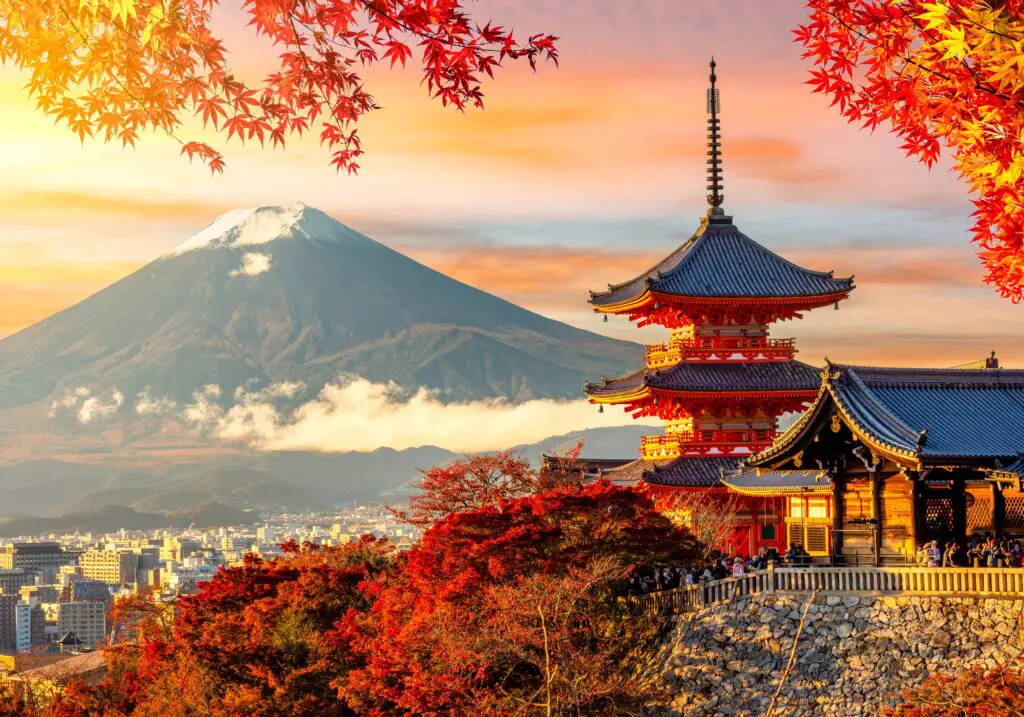
Japan is often seen as a futuristic and innovative country, yet it remains deeply traditional when it comes to cultural integration. While foreigners can visit and even live there, full assimilation is rare, and citizenship is difficult to obtain. Many aspects of daily life, from corporate culture to social expectations, still prioritize Japanese customs over outside influences. Even something as simple as renting an apartment can be difficult for non-Japanese residents. The country also has a strict language barrier, with little emphasis on English education despite its international presence. Some laws make it harder for non-Japanese people to feel fully accepted, such as restrictions on dual citizenship. While younger generations are more open to outside cultures, Japan still prioritizes its identity above all else says Britannica.
Despite globalization, traditional values are still at the heart of Japanese society. Festivals, etiquette, and work culture remain largely unchanged by outside influences. Foreign foods and trends do make their way into Japan, but they’re often adapted to fit Japanese tastes. Even major brands have to cater to local customs—McDonald’s in Japan, for example, has a completely different menu than its Western counterpart. While there is some diversity in big cities like Tokyo, most rural areas remain almost entirely Japanese. Social expectations also reinforce cultural homogeneity, as there is a strong sense of national identity and pride. Though Japan is a welcoming country in many ways, true cultural mixing remains limited.
2. South Korea

South Korea is a powerhouse in entertainment and technology, but it still holds onto a strong sense of national identity. While K-pop and Korean dramas have captivated the world, South Korea itself is not particularly welcoming to cultural mixing. Immigration remains low, and citizenship is difficult to obtain for non-Koreans. The country places a heavy emphasis on Korean ethnicity, and even those born and raised there to foreign parents may struggle to be fully accepted. The strong work culture and social norms also make it difficult for outsiders to integrate. English is commonly taught in schools, but outside of major cities, fluency is rare. Many Koreans take pride in their long history and unique traditions, which has contributed to resistance toward outside influences shares Wikipedia.
Even as South Korea becomes more globalized, traditional values still dominate everyday life. Family expectations, education, and social hierarchies remain deeply rooted in Confucian principles. Foreign trends and businesses must adapt to Korean customs to succeed in the market. While Western fast food and fashion have made their mark, they are often tailored to Korean tastes. Interracial marriage is becoming more common, but many mixed-race individuals still face societal challenges. Foreigners who work in South Korea often find it hard to advance in careers due to preference for native Koreans in leadership positions. Though there is curiosity about the outside world, full cultural blending remains rare.
3. Saudi Arabia
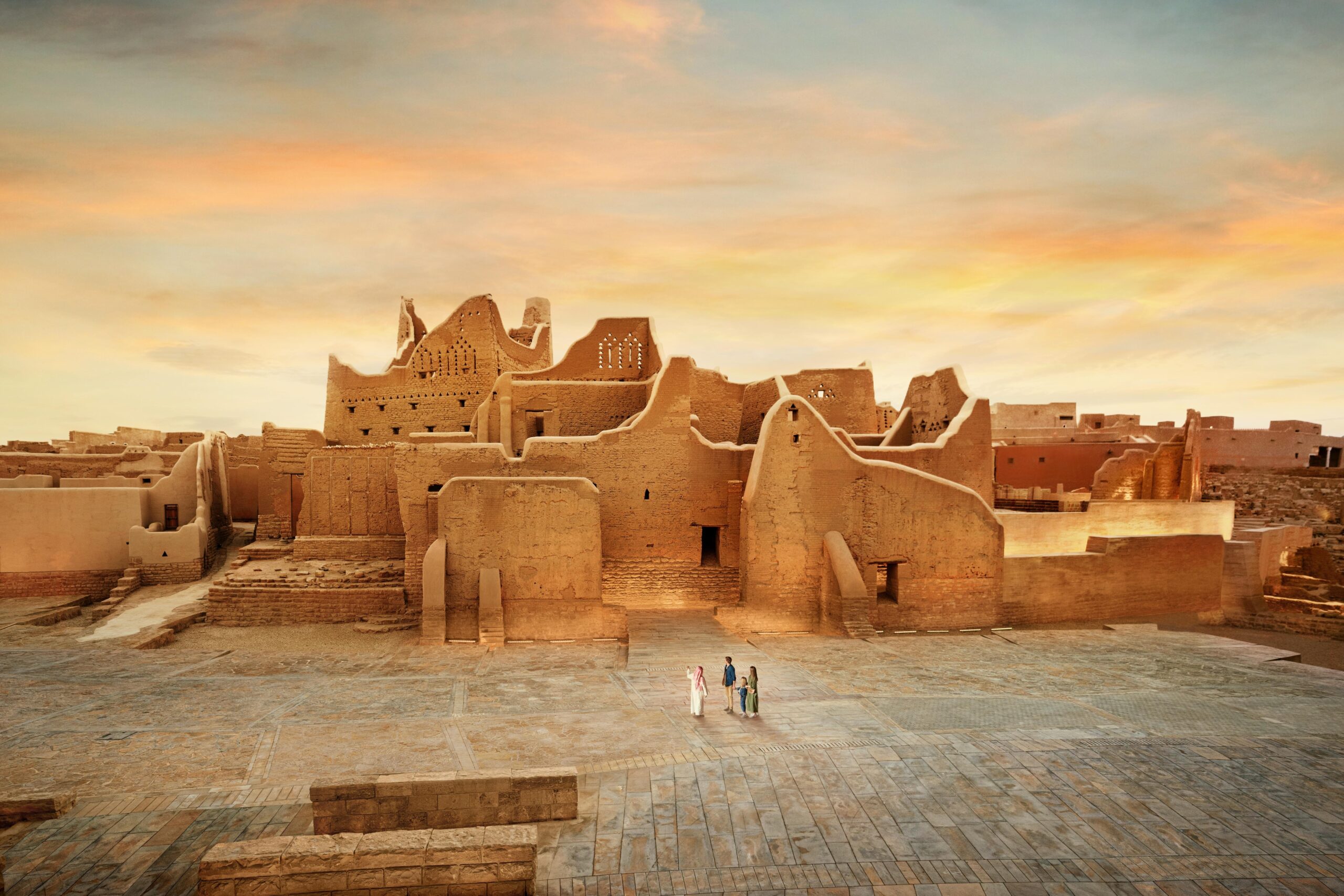
Saudi Arabia has strict cultural and religious laws that make it difficult for foreign influences to take root. While the country has opened up in recent years with tourism initiatives and social reforms, it still remains largely resistant to cultural mixing. Foreign workers make up a significant portion of the population, yet they rarely integrate into Saudi society. Laws and customs heavily favor Saudi citizens, and there are restrictions on certain behaviors, clothing, and even public interactions. Arabic is the dominant language, and while English is spoken in business settings, it is not commonly used in everyday life. Many foreigners live in designated compounds separate from Saudi communities. The legal system is based on Islamic law, which further reinforces traditional values shares BBC.
Despite modernization efforts, Saudi Arabia maintains a strong cultural identity rooted in Islamic traditions. Gender roles, religious practices, and family expectations remain central to daily life. Even as the country introduces more entertainment options and foreign investments, these are often adjusted to fit within Saudi norms. Women have gained more rights in recent years, but conservative values still shape societal expectations. Western businesses operating in Saudi Arabia must adhere to local customs, and many expatriates find it difficult to navigate the rigid social structure. While the country is becoming more open to the outside world, cultural integration remains a challenge.
4. China

China is a global economic powerhouse, yet it remains highly resistant to cultural blending. The government promotes a strong sense of national identity, and policies often favor Chinese traditions over foreign influences. While big cities like Shanghai and Beijing have international communities, the vast majority of China is still ethnically and culturally homogenous. The education system emphasizes Chinese history and ideology, reinforcing a deep-rooted sense of patriotism. Strict internet censorship limits exposure to foreign media, making it harder for outside cultures to gain influence. Foreigners who live in China often experience difficulties with bureaucracy and integration. Language barriers further complicate cultural mixing, as Mandarin is required for most aspects of daily life shares HISTORY.
China’s resistance to cultural mixing is also reflected in its entertainment and social policies. Hollywood films, for example, are heavily edited or banned if they conflict with government messaging. Foreign businesses operating in China must adhere to strict regulations and often partner with Chinese firms. While international brands are popular, they are frequently adapted to align with Chinese tastes and preferences. Social relationships are deeply tied to cultural norms, making it difficult for outsiders to fully integrate. Even Chinese citizens who study or work abroad often find it challenging to introduce foreign ideas upon returning home. National pride and political control continue to shape China’s approach to cultural exchange.
5. Russia

Russia’s complex history has contributed to a strong sense of national identity that resists outside influences. While the country has long interacted with different cultures, there is a deep-rooted preference for Russian traditions. The government actively promotes nationalism, and Western influences are often viewed with skepticism. Media censorship and strict regulations limit the spread of foreign cultural ideas. Language is another major barrier, as English is not widely spoken outside of major cities. Many Russians take pride in their country’s distinct cultural heritage, from literature and music to food and traditions. Foreigners often find it difficult to navigate the bureaucracy and social expectations in Russia.
Even though Russia is home to various ethnic groups, cultural integration remains limited. There are still divisions between different communities, and some minority groups face discrimination. Western businesses operating in Russia often struggle with political and cultural barriers. While international brands are present, Russian consumers tend to prefer homegrown products and services. The country’s historical conflicts with Western nations have fueled a sense of cultural independence. Many Russians view their traditions as something to be preserved rather than changed. Despite being a major player on the global stage, Russia remains largely resistant to cultural mixing.
6. Iran
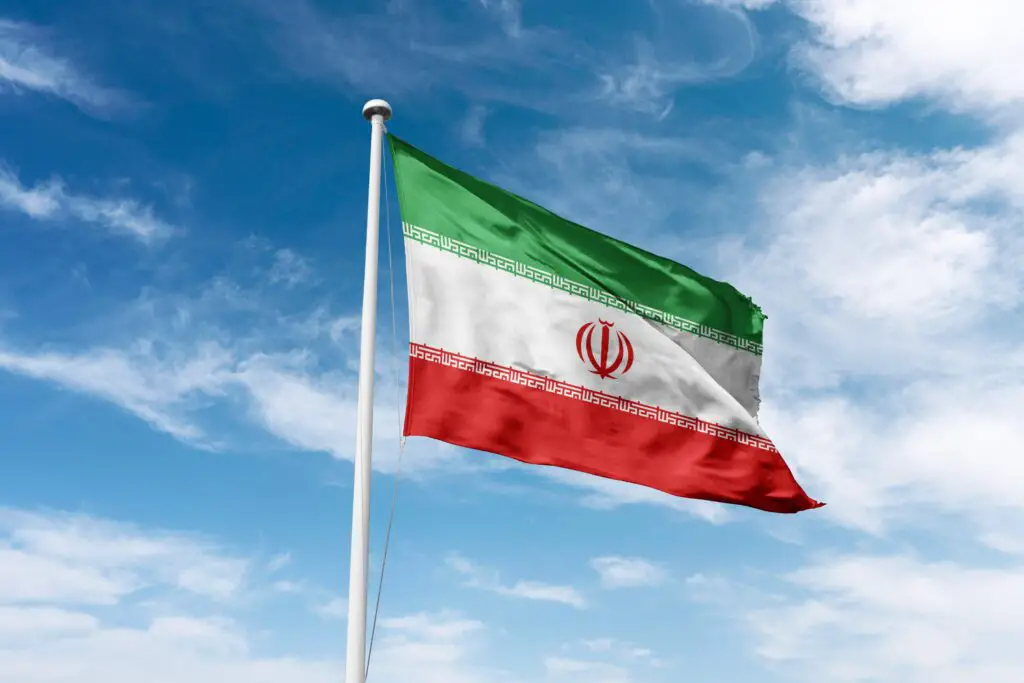
Iran’s strong cultural and religious traditions make it one of the most resistant countries to outside influences. The country enforces strict Islamic laws that shape daily life, from dress codes to social interactions. While Persian culture has influenced many parts of the world, Iran itself remains highly protective of its traditions. Foreigners visiting or living in Iran must adhere to strict regulations, and Western influences are closely monitored. The government controls media and internet access, limiting exposure to foreign entertainment and ideas. While younger Iranians are more curious about the outside world, they still face significant barriers to cultural exchange. Language also plays a role, as Persian is the dominant language, and English proficiency is limited.
Iran’s resistance to cultural mixing is also reflected in its legal system and societal norms. Women’s rights, religious practices, and political ideologies are tightly controlled. Foreign businesses have limited access to the Iranian market due to international sanctions and local restrictions. While Iranian cuisine, music, and art have global appeal, the country itself remains largely insular. Social customs make it difficult for foreigners to form deep connections with Iranian society. Even Iranians who live abroad often face scrutiny when returning home. Despite some modernization efforts, Iran remains one of the most culturally isolated nations in the world.
7. North Korea
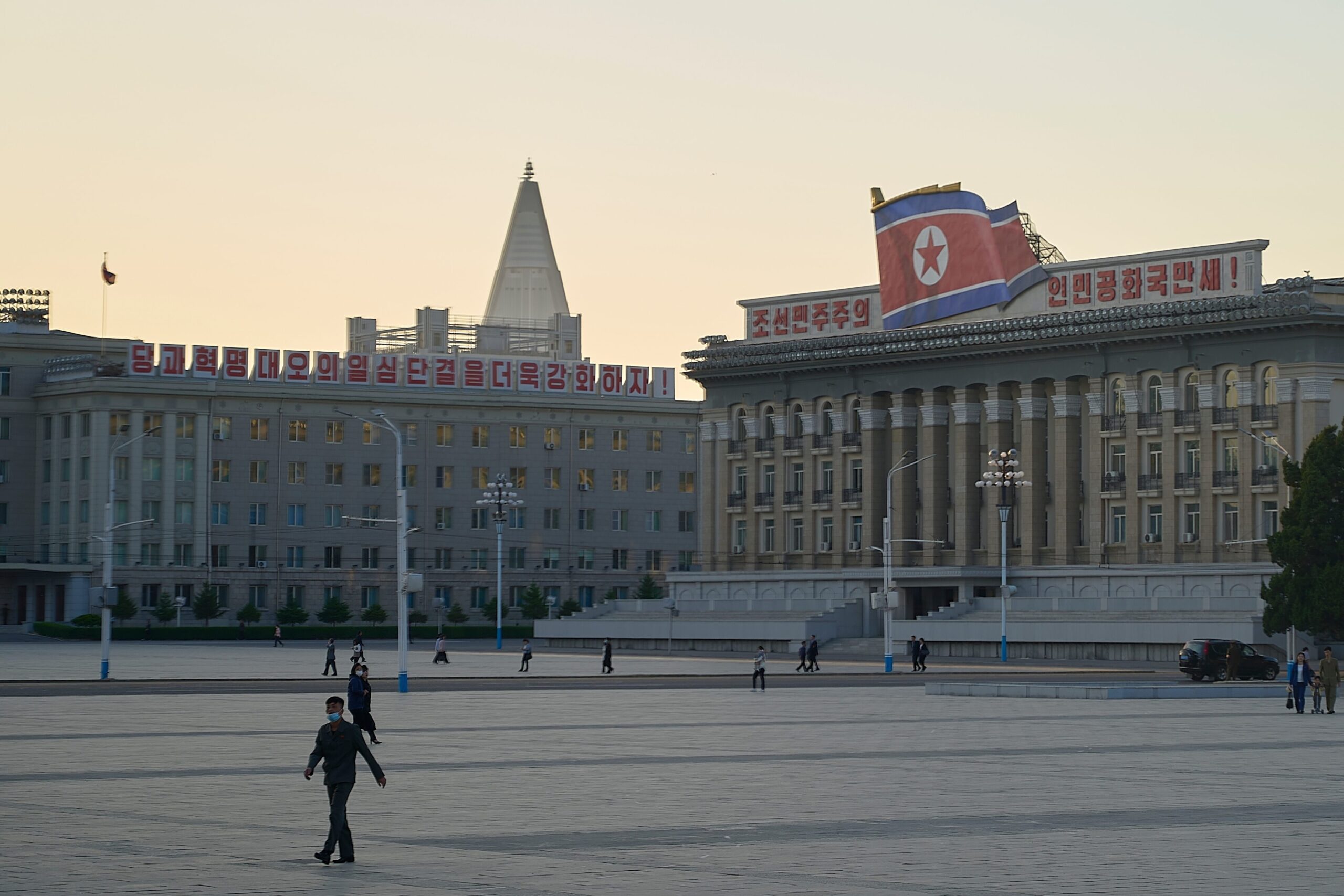
North Korea is arguably the most extreme example of cultural isolation in the modern world. The country is completely cut off from outside influences due to strict government control over information, media, and travel. Foreigners are only allowed in under heavily monitored conditions, and even brief exposure to outside cultures can be considered a crime for North Korean citizens. There is no internet access for the general population, and all media is state-controlled, reinforcing the country’s ideology. Even the language has been deliberately shaped to limit outside influence, with certain words and phrases altered or removed to avoid foreign contamination. Trade and diplomacy with other countries are minimal, further restricting cultural exchange.
The government actively discourages any form of cultural mixing, viewing it as a threat to national stability. Foreign products, entertainment, and even clothing styles are banned or strictly regulated. Those caught consuming outside media, such as South Korean television dramas, can face severe punishments. Education is designed to instill loyalty to the state and suppress any curiosity about foreign ways of life. While some high-ranking officials have access to foreign goods, the general population remains completely isolated. Even defectors who manage to escape often struggle to adjust to life outside North Korea due to the country’s extreme cultural separation.
8. Bhutan

Bhutan is known for its breathtaking landscapes and commitment to preserving its unique cultural heritage. The government has taken deliberate steps to protect Bhutanese traditions, even implementing policies that limit outside influence. The country’s “Gross National Happiness” philosophy prioritizes cultural preservation over economic globalization. Tourism is tightly regulated, requiring visitors to book through government-approved agencies and follow strict guidelines. Foreign businesses and large-scale developments are discouraged to prevent cultural erosion. Bhutan’s dress code laws require citizens to wear traditional clothing in public buildings, reinforcing national identity. Even television and internet access were only introduced in the late ’90s and remain limited compared to other nations.
Despite some modernization, Bhutan’s resistance to cultural mixing remains strong. Foreign workers and expatriates are rare, and citizenship is nearly impossible to obtain. The Bhutanese language, Dzongkha, is prioritized over English, despite the latter being used in education. The country also places great importance on Buddhist traditions, shaping everything from government policies to daily life. While Bhutan is not entirely cut off from the world, it maintains strict controls to ensure outside influences do not overshadow local customs. This intentional isolation has helped Bhutan retain its cultural identity, but it also makes integration challenging for outsiders.
9. Turkey
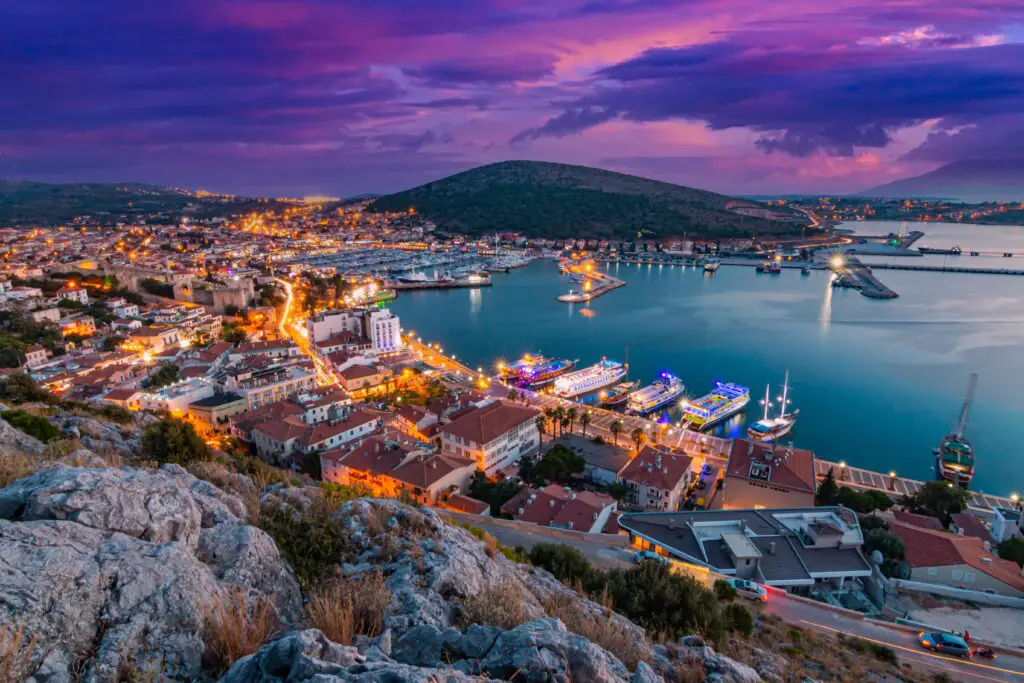
Turkey is a fascinating mix of East and West, yet it remains resistant to full cultural integration. While it has long been a bridge between Europe and Asia, the country has maintained a strong national identity that often pushes back against outside influences. The government has become increasingly focused on preserving Turkish traditions, with policies that discourage too much Westernization. Political tensions have also played a role, as anti-immigrant sentiment has risen in recent years. While foreign tourists are welcome, long-term integration for non-Turks is difficult. Language is a significant barrier, as Turkish is prioritized over English or other widely spoken languages. Many Turks take great pride in their history and culture, which contributes to the resistance against foreign influences.
Even as Turkey modernizes, cultural mixing remains limited in many aspects of daily life. Western businesses and franchises must adapt to Turkish customs to be successful. While international brands are present, many Turkish consumers prefer homegrown products. The country’s deep-rooted Islamic traditions also play a role in shaping societal expectations. Certain areas, particularly rural regions, remain highly conservative and less open to foreign ways of life. While big cities like Istanbul have more cultural diversity, full assimilation for foreigners is still rare. Turkey continues to balance its global presence with a strong sense of national identity, making cultural blending a slow process.
10. Hungary
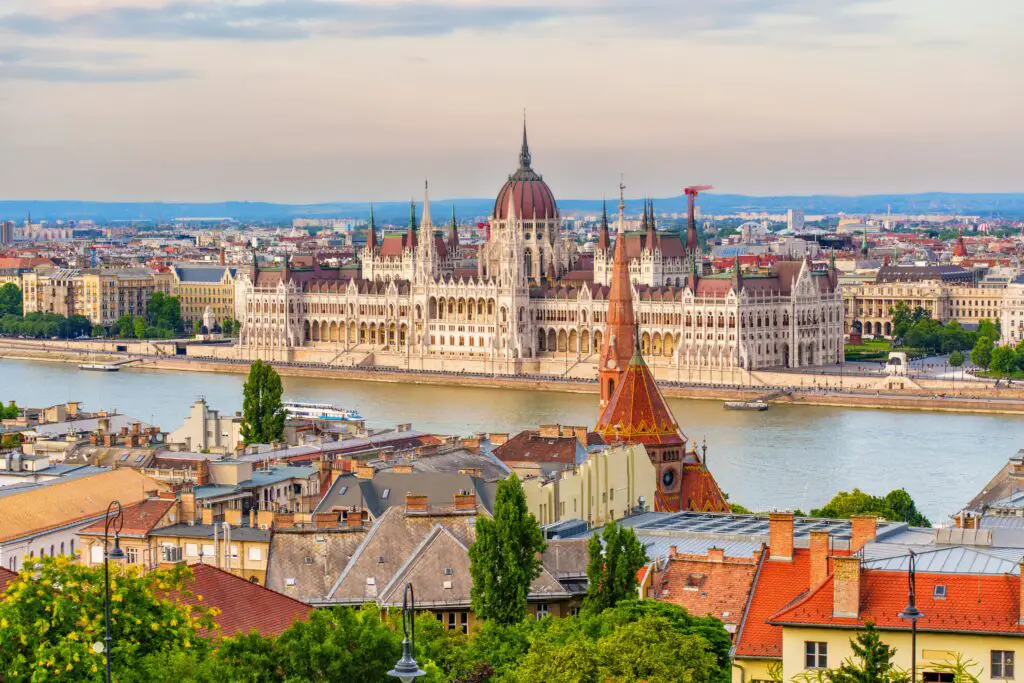
Hungary has a long history of preserving its cultural identity, and in recent years, it has become even more resistant to outside influences. The government has promoted strong nationalist policies, emphasizing Hungarian traditions and discouraging multiculturalism. Strict immigration policies make it difficult for foreigners to settle and integrate. Many Hungarians feel a deep connection to their language and history, which are unique compared to surrounding European nations. Unlike other countries in the European Union, Hungary has taken a harder stance against large-scale immigration. Political leaders frequently emphasize the importance of maintaining Hungarian cultural purity. These factors have contributed to a society that is generally cautious about cultural mixing.
Even within Hungary, minority groups often struggle to be fully accepted. The education system focuses heavily on Hungarian history and national pride. While English is spoken in some areas, Hungarian remains the dominant language, and fluency is expected in most social and professional settings. Foreign businesses operating in Hungary must navigate cultural sensitivities to succeed. Traditional Hungarian values remain strong, particularly in rural areas. While younger generations are more open to outside cultures, national pride remains a major factor in shaping social attitudes. Hungary’s resistance to cultural integration is unlikely to change anytime soon, as the country continues to prioritize its unique identity.
11. Israel

Israel is a country shaped by deep historical, religious, and cultural identities, which has led to a resistance toward full cultural mixing. While it is a diverse country with multiple ethnic and religious communities, these groups often remain separate in daily life. Immigration laws favor those of Jewish descent, making it difficult for non-Jews to become citizens. The country’s political and security concerns also contribute to limited cultural integration. Many aspects of Israeli society are shaped by religious traditions, from dietary laws to public holidays. While international influences are visible in cities like Tel Aviv, they exist alongside deeply rooted local customs. The Hebrew language is central to national identity, making integration challenging for those who do not speak it.
Despite its diversity, Israeli society remains largely divided along religious and ethnic lines. Arab citizens, for example, often live in separate communities from Jewish Israelis. Military service is a major cultural institution, but certain groups, such as ultra-Orthodox Jews and Arabs, are exempt, further reinforcing societal divisions. While Israel engages in global trade and diplomacy, it maintains a strong emphasis on preserving its cultural and religious traditions. Foreign businesses must navigate strict regulations and cultural sensitivities to operate successfully. The combination of historical, religious, and political factors makes Israel one of the more resistant nations to full cultural blending.
12. Poland

Poland is a country with a strong national identity and a deep-rooted connection to its history and traditions. While it is part of the European Union, it has been more resistant to multiculturalism than some of its neighbors. The government has taken a nationalist stance in recent years, emphasizing Polish heritage and discouraging large-scale immigration. Many Poles take pride in their Catholic faith, which plays a significant role in shaping social norms. Language is another barrier, as Polish is complex and not widely spoken outside the country. Foreigners often find it difficult to fully integrate, as Polish culture places a strong emphasis on shared history and values.
Even though Poland has seen economic growth and modernization, cultural mixing remains slow. Traditional customs and holidays are still widely observed, and societal attitudes toward foreign influences can be cautious. While cities like Warsaw and Kraków are more open to international businesses and visitors, smaller towns tend to be more insular. Political rhetoric often reinforces the idea of protecting Polish identity from outside forces. Although younger generations may be more accepting of cultural diversity, Poland as a whole remains one of the more resistant countries when it comes to cultural integration.
